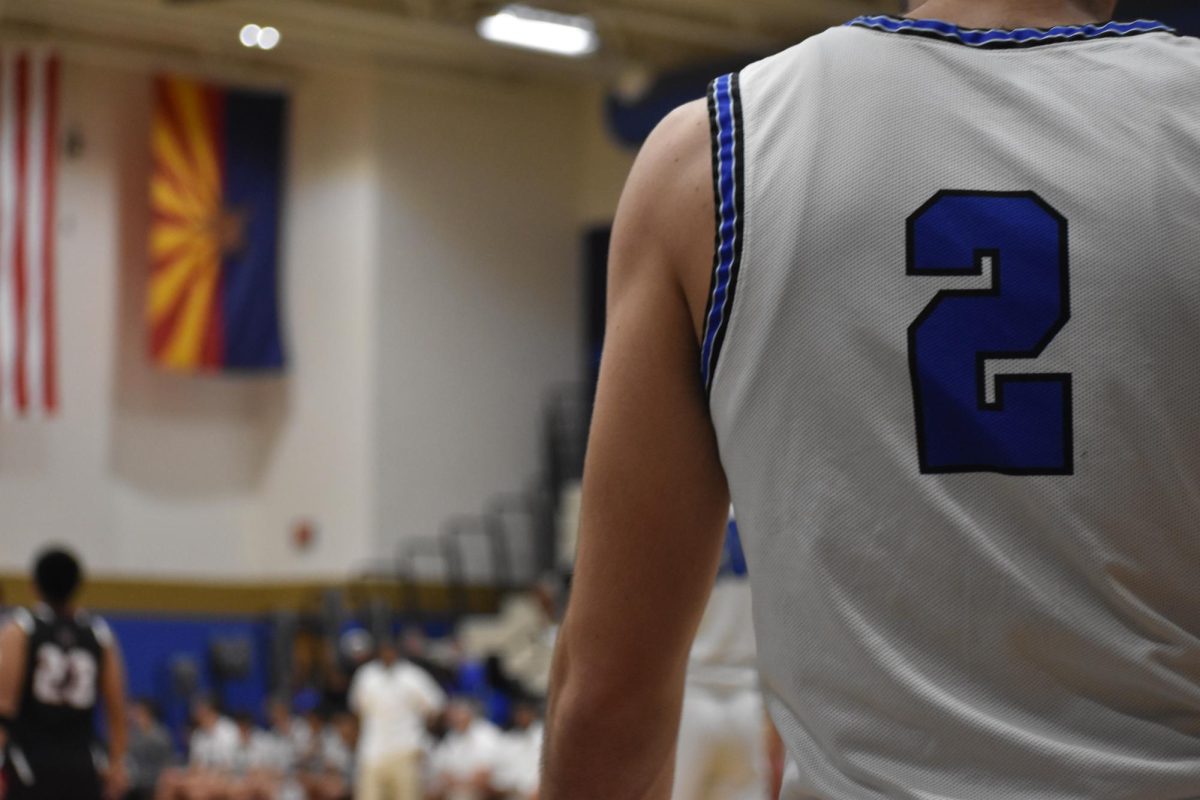OHS is never short of talented athletes and rigorous students, the balance of the two something to be impressed by. Despite the variation, all student athletes eventually have to answer the looming question of which area in their life they choose to prioritize.
The difference between a student athlete and an athlete student might be small, but can also be evident in the future paths of different OHS students across not just the school, but also their respective sports.
“Student athlete; the student comes first, academics come first, and then obviously athlete student is the other way around; they prioritize their skills, abilities, and their sport,” said Charleigh Schuettler, junior, Rutgers University commit.
The passion for school or one’s own sport is not always one distinct path or the other, but can typically be seen in varying gestures by both outsiders and peers.
“Usually those athletes will take not as hard classes, and they don’t really care as much about their grades,” Schuettler said, “Obviously you still have to have good enough grades to be eligible to play, but there’s definitely some motivation [differences].”
School will never not play an essential role in every high school athlete’s life, but the effort demanded from those that choose to challenge themselves in every area vary greatly.
“I realized that I couldn’t do both, it was just getting too much for me, and mentally it was just smarter to just give myself a break; I’m doing an easier load this year so that I can focus on swim and really lock in before college,” said Caelle Armijo, senior, University of South California commit.
From the perspective of those that hold their sports to a higher standard than the classes they may take at school, athletes can also see the differing levels of effort within their team environment.
“You can tell when someone doesn’t care as much about basketball, but it’s also important for them to be focused on school,” said Blake Colvin, senior.
As much as high schoolers may like to give a hundred percent of their effort in every area of their lives, ultimately one can only give so much before it starts to wear on both their mental and physical health.
“You always have to have a balance; my coach always tells me you have to have a balance between your sport, your social, and your school life, and you can only give into two at a time,” Armijo said.
While the level of courses taken in school can be a differentiating factor, the time allocated outside of school between sports and social activities can also be a large factor dividing student athletes’ priorities.
“It takes a lot of planning, I use an agenda and calendars, but school comes first; I make sure I get all my homework done, even if that means doing it on the car ride to practice or staying up late, I have to get it all done,” Schuettler said.
OHS and its athletic program is not the only domain for athletic talent and sportsmanlike competition.
“If you play a sport outside of school, it’s probably at a higher level than what you experience at school, and so their commitment and dedication to the sport is going to be a lot greater,” Schuettler said.
There is a lot that goes into the range of youth in sports, and what defines their priorities–a battle between talent, time, and the future. The level of competition and commitment is a rollercoaster of variation, all crammed underneath the title of “student athlete”.
“If you’re doing a sport, that’s not just going to carry to college all the way; nothing is guaranteed, like you could have an injury, [so] it’s still important to keep grades up, but you should still pursue your sport more,” Armijo said.



